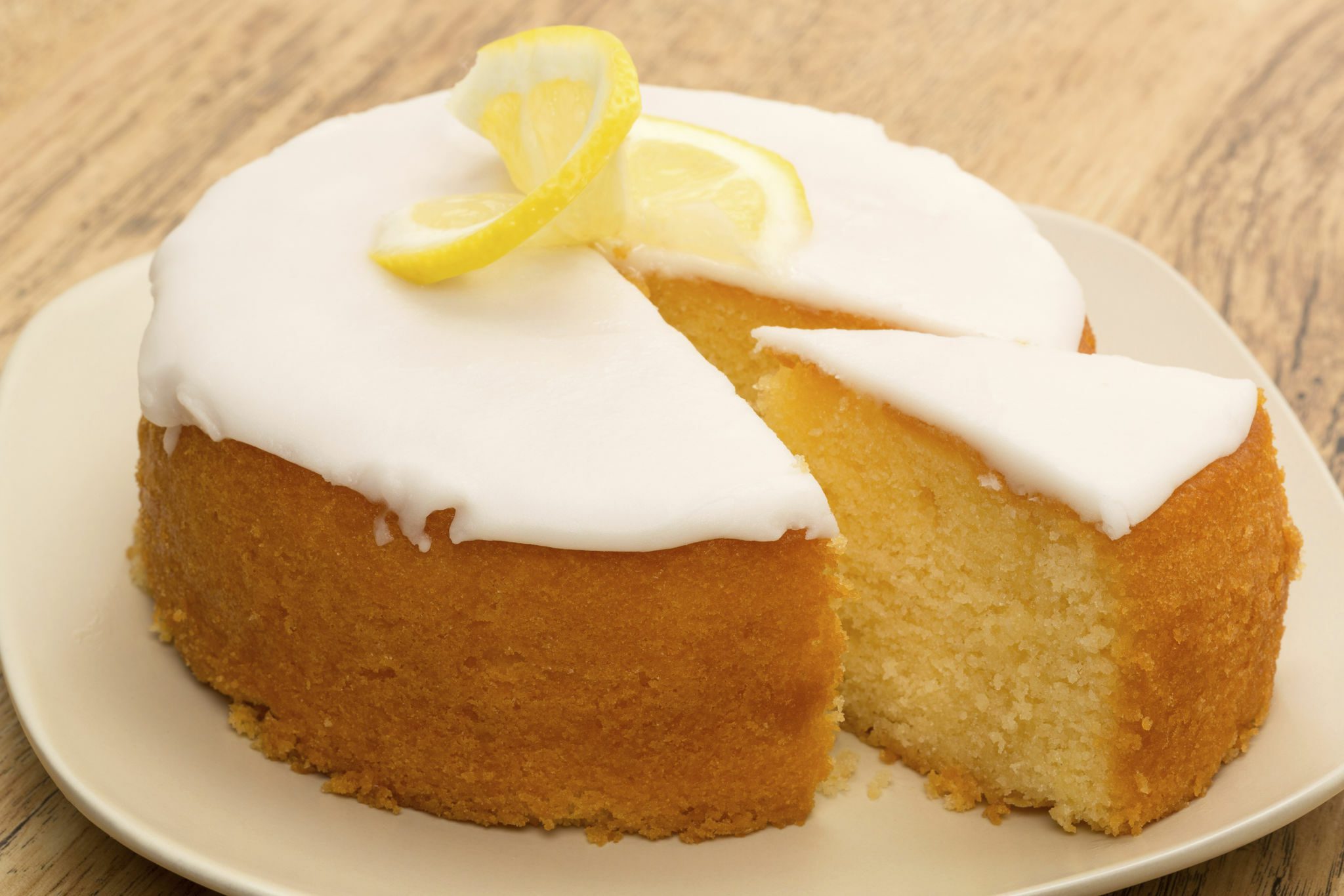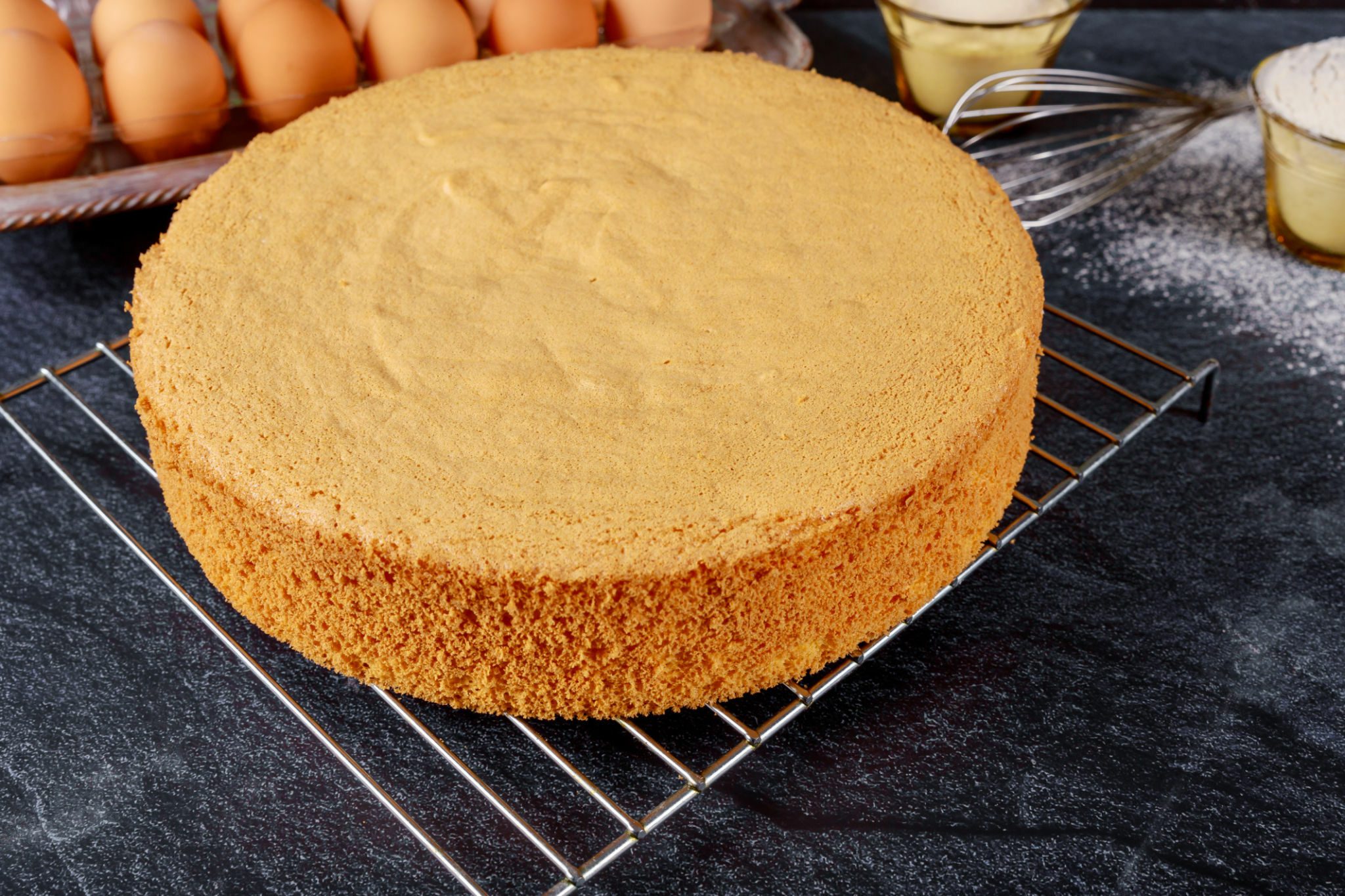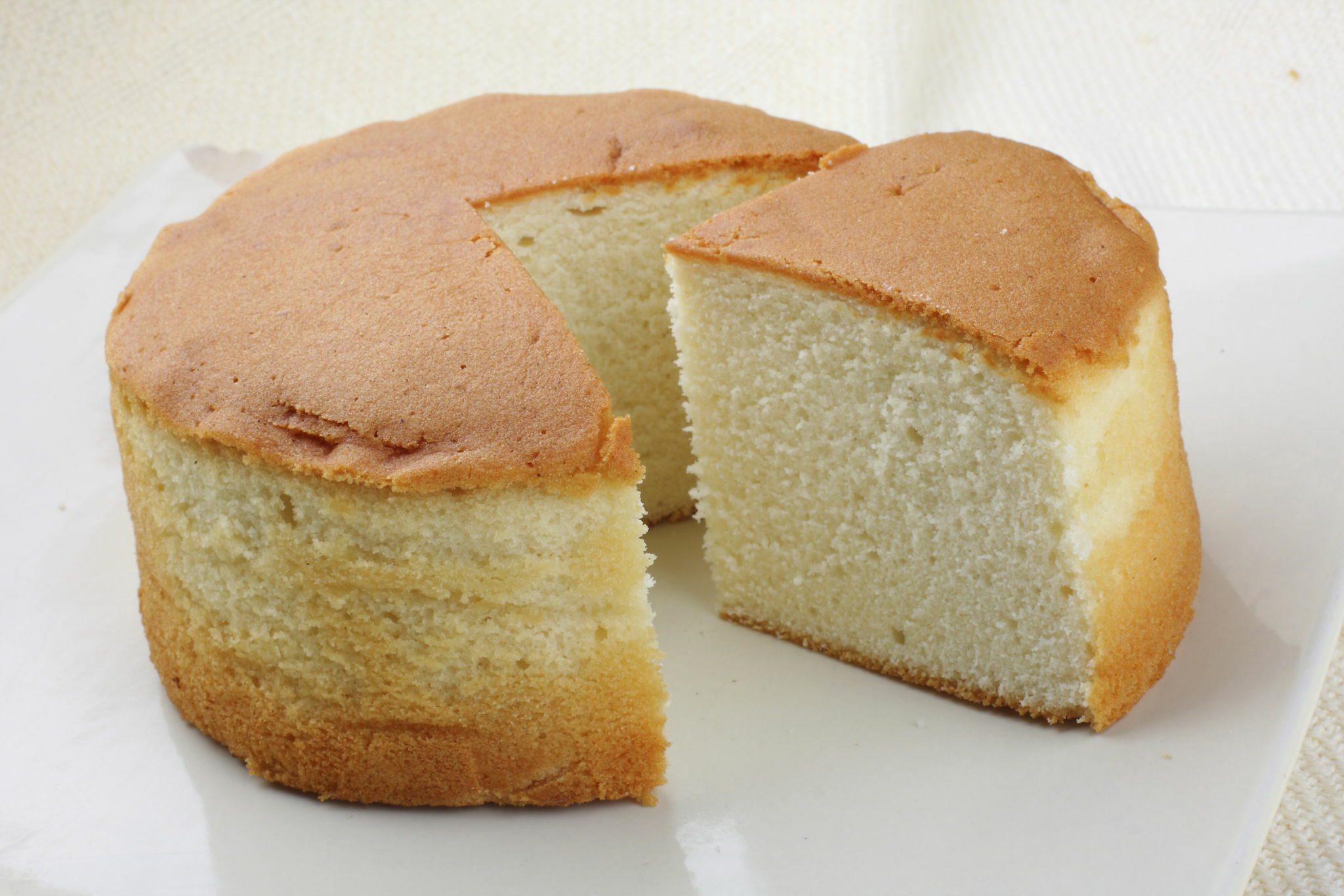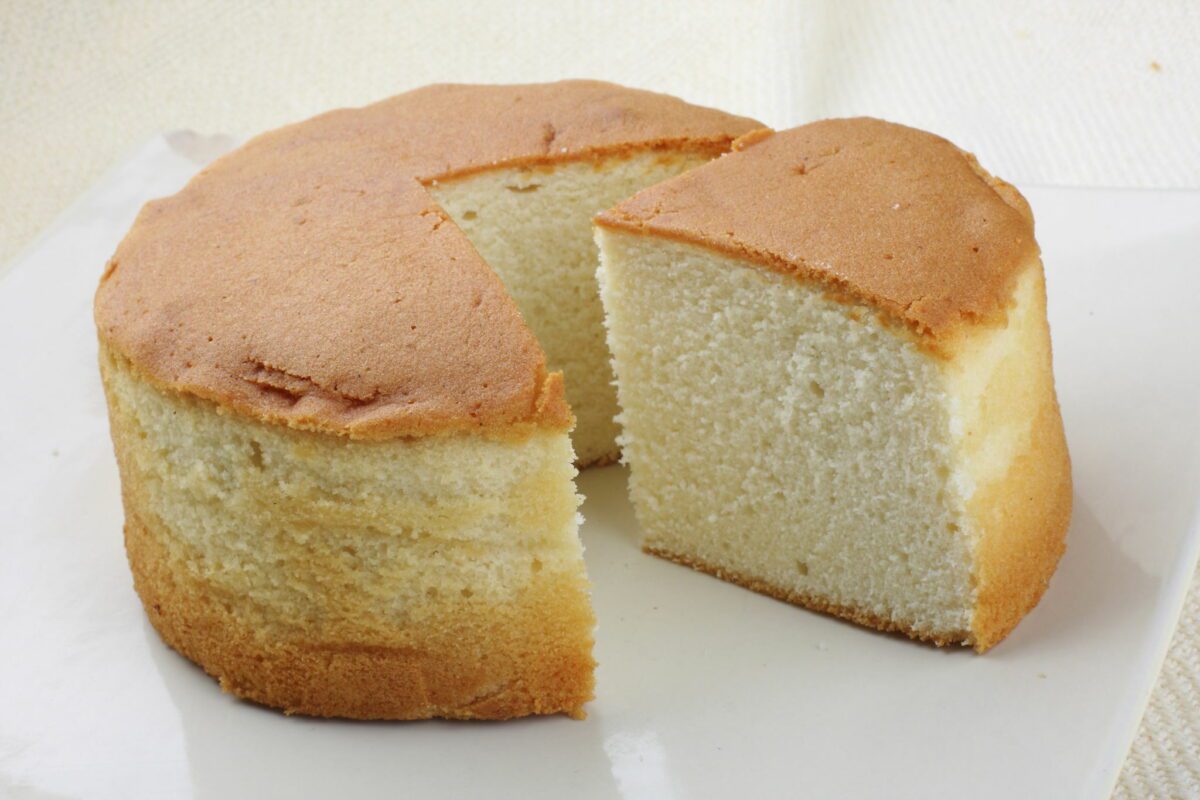Have you ever excitedly whipped up a sponge cake, expecting a fluffy and light confection, only to end up with a dense and disappointing dessert? A dense sponge cake can be a baker’s worst nightmare, but fear not!
I will delve into the science behind the all-too-common “sponge cake dense” dilemma and provide expert tips to ensure your next attempt at this classic treat is a delightful success. As an added bonus, we’ll also explore eco-friendly baking practices, helping you maintain a green lifestyle without sacrificing your sweet tooth. So grab your apron and let us embark on a journey to conquer the art of baking the perfect sponge cake!
Key Takeaways:
- Be careful not to overmix the batter when making a sponge cake. Overmixing can lead to a dense and heavy cake.
- Choosing the right type of flour is crucial for a light and airy sponge cake. Avoid using heavy or dense flours.
- A lack of leavening agent, such as baking powder, can also result in a dense sponge cake. Make sure to use the correct amount according to the recipe.
Understanding Sponge Cake

Understanding Sponge Cake is essential for aspiring bakers and cake enthusiasts alike who seek a delicate, airy, and moist texture in their bakes.
Sponge cake is renowned for its light, fluffy texture, achieved through the careful combination of ingredients and leavening agents. A classic sponge cake typically includes flour, butter, and sugar, which are beaten together to create a smooth batter. Baking powder and baking soda play crucial roles in giving the cake its airy structure, as they help the batter rise during baking. The gentle folding method ensures that the air incorporated during mixing is retained, resulting in the desired spongy consistency.
What Is Sponge Cake And How Is It Different From Other Cakes?
Sponge cake, a staple in the world of baking, distinguishes itself from other cakes through its unique airy and moist texture, achieved by incorporating specific ingredients and baking techniques.
Unlike dense pound cakes or rich butter cakes, sponge cake stands out for its light and fluffy consistency. The key ingredients and process of carefully folding in whipped eggs and sugar create a delicate, tender crumb that sets it apart. The absence of butter or oil allows the sponge cake to maintain an ethereal quality, making it an ideal base for layered desserts or enjoying on its own.
What Causes A Dense Sponge Cake?

The density of a sponge cake can be attributed to several factors, including overmixing, the choice of flour, inadequate leavening agents, incorrect oven temperatures, insufficient aeration, and improper cooling techniques.
Overmixing the batter can result in a dense sponge cake. When the batter is overworked, the gluten in the flour develops, causing the cake to become tough and heavy.
The choice of flour also plays a crucial role. Cake flour, with its lower protein content, produces a lighter, more delicate crumb compared to all-purpose flour. The type and quality of leavening agents, such as baking powder and baking soda, are essential for providing the necessary lift and creating the desired light texture.
Oven temperatures can significantly impact the cake’s density. A too high temperature may cause the cake to rise rapidly and then collapse, resulting in a dense texture. On the other hand, an excessively low temperature can lead to underbaking, affecting the overall structure.
Aeration during the mixing process contributes to the cake’s lightness. Properly beaten eggs and sugar create a stable foam that ensures the cake rises well during baking.
Cake cooling is equally important. Allowing the cake to cool in the pan for too long can cause it to become dense and compact, while taking it out too early may result in it sinking and becoming dense.
Overmixing The Batter
Overmixing the batter is a common pitfall that can lead to a dense sponge cake, as excessive mixing can deflate the air pockets and disrupt the delicate balance of ingredients necessary for a light and airy texture.
The gentle incorporation of ingredients through careful folding helps to preserve the airiness that is crucial for creating a soft and fluffy sponge cake. When overmixing occurs, the air that has been carefully incorporated during the initial mixing stages is lost, resulting in a denser and less tender cake. It is essential to maintain the structural integrity of the batter by avoiding excessive mixing, as this can lead to a less desirable texture and affect the overall quality of the finished cake.
Using The Wrong Flour
The type of flour used significantly influences the density of a sponge cake, with cake flour and all-purpose flour yielding different textures due to their distinct protein content and gluten formation characteristics.
In terms of cake flour, its lower protein content results in a finer texture and softer crumb in sponge cakes. The reduced gluten formation contributes to a lighter, more delicate consistency. On the other hand, all-purpose flour, with its higher protein content, can lead to a denser and slightly chewier cake texture, as it develops more gluten during mixing and baking.
Choosing the right flour is crucial in achieving the desired texture for a sponge cake. The selection impacts not only the density but also the overall mouthfeel and satisfaction of the cake. The decision between cake flour and all-purpose flour plays a key role in determining the success of the baking endeavor.
Not Enough Leavening Agent
Insufficient leavening agents such as baking powder and baking soda can result in a dense sponge cake, as these agents play a crucial role in creating air pockets and promoting the cake’s light and fluffy texture.
When combined with liquid and an acidic ingredient, baking soda produces carbon dioxide gas, which expands during baking, giving the cake its airy structure. On the other hand, baking powder, a blend of baking soda and an acidic powder, works as a double-acting leavening agent, producing carbon dioxide both when mixed with liquid and when exposed to heat, ensuring a consistent rise and tender crumb.
Incorrect Oven Temperature
Inaccurate oven temperatures can lead to a dense sponge cake, as the baking process may be compromised, affecting the cake’s rise, texture, and overall moisture content.
Maintaining the ideal oven temperature is crucial for the successful creation of a light and airy sponge cake. If the temperature is too low, the cake may not rise properly, resulting in a dense and heavy texture. On the other hand, if the temperature is too high, the cake can overcook on the outside while remaining undercooked inside, leading to an uneven texture.
The delicate balance of precise baking temperatures is essential for achieving the desired moist and fluffy consistency in a sponge cake.
Not Enough Aeration
Insufficient aeration during the mixing process can contribute to a dense sponge cake, as the incorporation of air is vital in creating the characteristic light and fluffy texture of the cake.
To achieve proper aeration, there are several methods that can be employed. One of the key techniques is to carefully fold in the dry ingredients such as flour and leavening agents using a gentle motion, ensuring minimal deflation of the air bubbles. The use of room temperature ingredients, especially eggs, aids in creating a stable foam with enhanced air retention capacity.
Another vital aspect is the mixing time. Overmixing can lead to the collapse of air bubbles, resulting in a denser texture. It is essential to mix just until the ingredients are combined and the air is evenly distributed throughout the batter.
Improper Cooling
Failing to cool the sponge cake properly post-baking can result in a dense texture, as inadequate cooling may lead to moisture retention, affecting the cake’s overall fluffiness and structure.
Proper cooling is essential as it allows the cake to firm up gradually and evenly. This process promotes a light and airy texture by preventing excessive moisture from being trapped within the cake. When a cake cools too quickly, especially in a humid environment, moisture can condense on the cake’s surface and be absorbed back, resulting in a heavy, dense crumb.
Adequate cooling also allows the flavors to develop and meld, enhancing the overall taste and aroma of the cake. It helps in achieving the desired moistness without compromising on the structural integrity, ensuring a delightful eating experience.
Is the Density of My Sponge Cake Related to the Color of My Cheesecake?
The density of your sponge cake is not related to the color of your cheesecake. There are various reasons for yellow cheesecake, such as the use of egg yolks or adding food coloring. The density of your sponge cake is determined by the ingredients and mixing method used.
How To Fix A Dense Sponge Cake?

Rectifying a dense sponge cake involves addressing specific factors such as overmixing, flour selection, leavening agents, oven temperature, aeration, and cooling methods to restore the cake’s desired light and moist texture.
Identifying the root cause of a dense sponge cake is crucial in implementing the appropriate remedy. Overmixing can lead to excessive gluten development, resulting in a tough texture. For this, advise gentle folding techniques and minimal stirring. Flour with high protein content can also contribute to a dense cake—opt for cake flour or sift all-purpose flour multiple times. In terms of leavening agents, ensure they are fresh and accurately measured. Equally important is monitoring oven temperature; an oven thermometer can provide accurate readings. Emphasize the importance of proper aeration techniques during mixing and the gradual cooling of the cake to prevent moisture loss.
Avoid Overmixing The Batter
To alleviate a dense sponge cake caused by overmixing, it is crucial to exercise caution and gentleness during the batter preparation, minimizing excessive mixing to preserve the desired airy and moist texture.
Overmixing can lead to the overdevelopment of gluten, resulting in a tough and rubbery consistency, as well as a decreased volume in the cake. The incorporation of too much air can also lead to the formation of large air bubbles, causing the cake to collapse or become uneven. Therefore, using gentle folding techniques and adhering to the recommended mixing time can help prevent these issues.
By gently folding in the dry ingredients and liquid ingredients just until they are fully incorporated, the batter’s structure is maintained, allowing for a delicate and tender crumb in the finished cake. Avoid using high-speed mixers and instead opt for a gentle hand mixing method.
Use The Right Flour
Selecting the appropriate flour, whether cake flour or all-purpose flour, is essential in remedying a dense sponge cake, as the right flour choice directly influences the cake’s texture and density.
When considering cake flour, its lower protein content leads to a more delicate and tender crumb, ideal for achieving a light and fluffy sponge cake. On the other hand, all-purpose flour contains higher protein, potentially resulting in a firmer texture. It’s important to assess the specific needs of the recipe and desired outcome when choosing between these flour types. Incorporating methods such as sifting or aerating the flour before adding it to the batter can further enhance the cake’s overall texture and prevent density.
Add Enough Leavening Agent
Ensuring adequate leavening agent incorporation is vital in fixing a dense sponge cake, as the proper use of baking powder and baking soda is essential for achieving the desired light and fluffy texture.
When using baking powder, it’s important to combine it with an acidic ingredient such as buttermilk or yogurt to activate its leavening properties. Similarly, for baking soda, pairing it with an acidic element like lemon juice or vinegar is crucial to promote the release of carbon dioxide for proper rising. Understanding the balance between the two leavening agents is key; too much baking powder can result in a soapy taste, while excessive baking soda can lead to a metallic aftertaste.
It’s imperative to follow the recommended measurements of leavening agents specified in the recipe. Adjusting these quantities can significantly impact the cake’s texture. For instance, decreasing the amount of baking powder can lead to a denser crumb, while reducing baking soda may cause a lack of adequate rise. On the other hand, overuse of baking powder can cause the cake to rise too quickly and then collapse, resulting in a sunken center.
Check And Adjust Oven Temperature
Verifying and adjusting the oven temperature is necessary when remedying a dense sponge cake, as precise baking temperatures are crucial for achieving the desired cake texture and structure.
When the oven temperature is too low, the cake might not rise properly and end up with a compact and heavy texture. Alternatively, if the oven is too hot, the cake may rise too quickly and then collapse, resulting in a sunken center. To avoid these issues, use an oven thermometer to check the accuracy of the temperature settings. Make sure to adjust the oven temperature accordingly before baking your sponge cake. By maintaining the accurate temperature, you can achieve a light and airy texture in your cake, leading to a delicious and appealing dessert.
Incorporate More Aeration
Enhancing aeration during the mixing process is pivotal in fixing a dense sponge cake, as the incorporation of air is essential for restoring the cake’s desired light and fluffy texture.
To achieve optimal aeration, start by sifting the dry ingredients thoroughly to aerate the flour and loosen any lumps. Then, incorporate the beaten eggs gradually, folding them gently into the batter to trap air within the mixture. Another method involves using a stand mixer on low speed to whisk the batter, allowing the attachment to introduce air. Consider adding a leavening agent like baking powder to further enhance the cake’s rise and lightness.
Properly Cool The Cake
Implementing proper cooling practices is crucial in remedying a dense sponge cake, as it allows for moisture evaporation and texture restoration, contributing to the desired light and moist cake properties.
After removing the cake from the oven, it is essential to let it cool in the pan for about 10-15 minutes to firm up and prevent it from collapsing. Then, carefully transfer the cake to a wire rack to allow air circulation from all sides, promoting even cooling.
It’s recommended to place the cake in a draft-free area to avoid rapid cooling which could result in a tough or cracked crust. The ideal cooling time varies based on the cake size and recipe, so it’s important to follow specific instructions, typically cooling for 1-2 hours.
Once properly cooled, the sponge cake would have a light and airy texture with a moist crumb, making it a delightful treat for any occasion.
Frequently Asked Questions
Why is my sponge cake dense?
A dense sponge cake can be caused by several factors, such as incorrect ingredient measurements, overmixing the batter, or using old baking powder.
How can I prevent my sponge cake from being dense?
To prevent a dense sponge cake, make sure to accurately measure all ingredients, gently fold in flour to avoid overmixing, and use fresh baking powder.
Can overmixing cause a dense sponge cake?
Yes, overmixing can cause the gluten in the flour to develop, resulting in a tough and dense sponge cake. It’s important to gently fold in the ingredients to maintain a light and airy texture.
Why is it important to use fresh baking powder in sponge cake?
Baking powder is responsible for creating air bubbles in the batter, which gives sponge cakes their light and fluffy texture. If the baking powder is old, it won’t be as effective, resulting in a dense cake.
How can I tell if my baking powder is still fresh?
To test the freshness of your baking powder, mix a teaspoon of it with hot water. If it bubbles vigorously, it is still fresh.
Are there any other tips for making a light and fluffy sponge cake?
Yes, make sure to preheat your oven properly and avoid opening the oven door too often while the cake is baking. Also, do not overbeat the egg whites and make sure to gently incorporate them into the batter.

